Myrothecium leaf spot
Pathogen: Myrothecium roridum
Hosts: Lamium, Molucella, Rudbeckia, Salvia, New Guinea impatiens
Symptoms: This disease causes leaf spots, concentric rings may develop in the lesions. Raised black sporodochia develop on diseased tissue. In high humidity sporodochia are encircled by a tuft white growth.
Spread: Spores are splash dispersed by irrigation water and rainfall.
Management: Avoid injuries to plants, young or injured tissue is most susceptible. One common cause of wounding of perennials is packaging for shipping; disease readily develops following shipping. Avoid excessive fertilization, high fertilizer rates that favor lush foliage growth have also been associated with disease outbreaks. Minimize periods of leaf wetness through careful timing of irrigation. Fungicide applications may be needed to control severe disease problems.
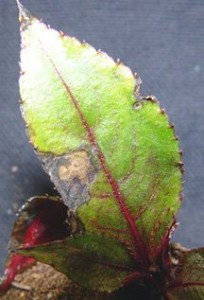
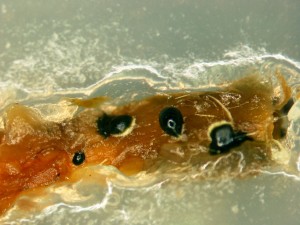
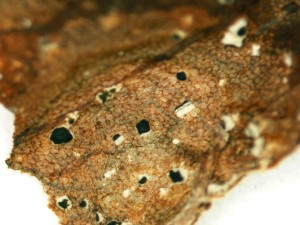
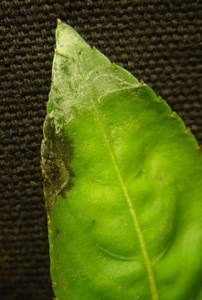
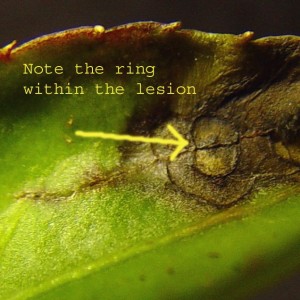
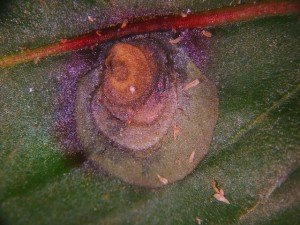
Other Documents in this Series
You Might Also Be Interested In
-
MSU named Top 10 agriculture and forestry college in new report
Published on March 23, 2021
-
MSU research team receives USDA grant to evaluate effectiveness, cost of new blueberry pest management strategies
Published on February 19, 2021
-
MSU Product Center helps Michigan food entrepreneurs survive and thrive throughout pandemic
Published on August 31, 2021
-
Michigan Sea Grant approaches Great Lakes issues with a statewide outlook and a strong local focus
Published on August 23, 2021
-
MSU to study precision livestock farming adoption trends in U.S. swine industry
Published on March 15, 2021
-
MSU researcher awarded five-year, $2.5 million grant to develop risk assessment training program
Published on October 13, 2020
Accessibility Questions:
For questions about accessibility and/or if you need additional accommodations for a specific document, please send an email to ANR Communications & Marketing at anrcommunications@anr.msu.edu.



 Print
Print Email
Email




